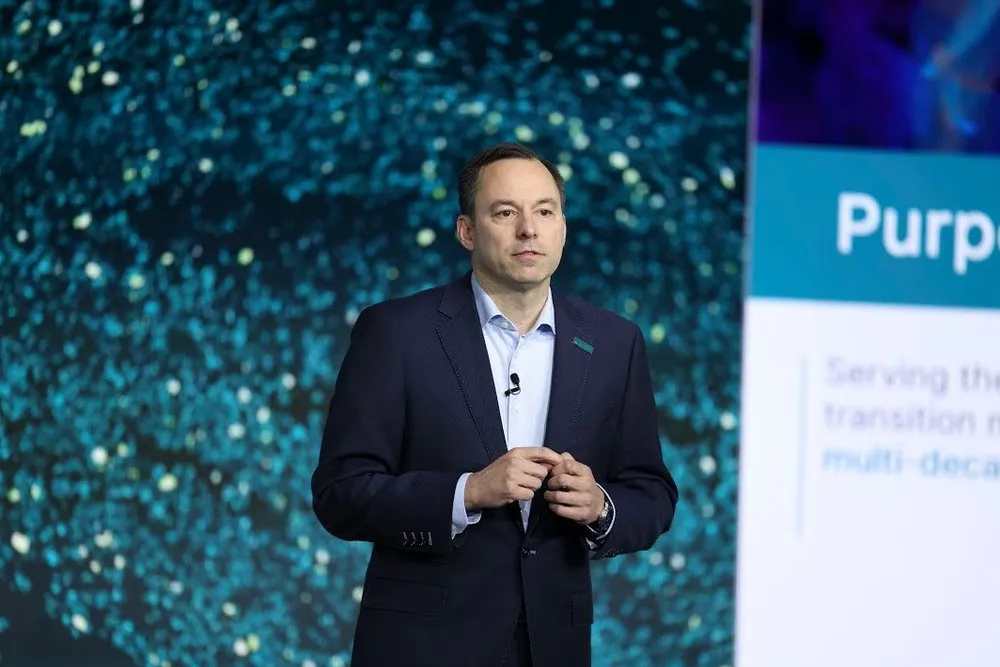Offshore wind and service spend drags GE Vernova segment down
US turbine OEM sees onshore wind picking up through year's end as developers strive for tax credits but will break even at best

GE Vernova’s wind business losses mounted on the continuing drag from its offshore wind segment and rising service costs, company executives said during today’s second quarter earnings call.
GE Vernova is the largest supplier of onshore wind turbines in the US, the world's second largest market after China, and has been on a down cycle with five consecutive years of lower installations.
“Year to date, we've lost approximately $300m in the wind segment but expect the business in the second half of ‘25 to be closer to break even,” CEO Scott Strazik said.
The Cambridge, Massachusetts, company reported $2.1bn in orders for the quarter, a 5% year-on-year decline.
Revenues nevertheless rose 9% to $2.2bn, but not enough to offset offshore wind losses and $100m spent to improve performance of its some 57,000-turbine onshore fleet.
“We continue to ship more profitable onshore equipment, but that was more than offset in Q2 with our investments in our service quality programmes in the field, in addition to the impact of tariffs on our offshore wind business,” added Ken Parks, chief financial officer.
Onshore wind revenues for the first half of 2025 were up 34% year on year, to $3.54bn. Offshore wind plunged over 45% for the first half of the year, falling to $225m from last year's $794m.
Its blade unit, LM Wind Power, plummeted ever farther, dropping to $58m in Q2, compared to last year's $149m. The unit has so far earned $120m for the year, down from $288m in 2024.
Power and electrification
Outside wind, the company's power sector including gas turbines, hydropower, and nuclear energy, as well as its grid-focused electrification unit, both saw strong results.
Orders in its power unit rose 44% to $7.1bn with revenues up 7% to $4.8bn. The OEM signed agreements for another 9GW of turbines, raising its backlog to 29GW that will keep its factories busy through the end of the decade.
Its nuclear segment likewise took a big step with Canada's Ontario Province reaching final financial decision for a GE small modular reactor, the first in the Western world.
The company also saw strong demand for grid equipment, with revenues up 23% to $2.2bn.
“Investments in the reliability and resiliency of the grid are clearly growing globally,” Strazik said, “especially in areas with significant renewable intermittency.”
The company's share price rose 14.58% to reach $629 at 4pm close of market.
Offshore wind
Both projects have been faced significant challenges, including multiple blade failures that have caused delays, particularly at Vineyard Wind.
The Vineyard project has likewise become a victim of President Donald Trump’s global trade war that has also raised costs.
The Haliade-X is produced at its Saint‑Nazaire facility in France and is subject to Trump’s 50% tariff on imported aluminum and steel.
Strazik noted that despite offshore wind struggles, the company saw its most productive quarter in the segment, installing 34 turbines and commissioning 33, although he didn’t identify how many at each project.
Chinese concern
The BBB greatly tightened timelines for accessing production (PTC) and investment (ITC) tax credits for wind developers, while Trump’s follow up executive order directed the Treasury Department to curtail access further.
Uncertainty around ‘foreign entities of concern’ restrictions aimed at curbing Chinese access to US markets may also drive projects to enter construction before the end of the year.
“We will need to see how this materialises in the third quarter,” Parks said.